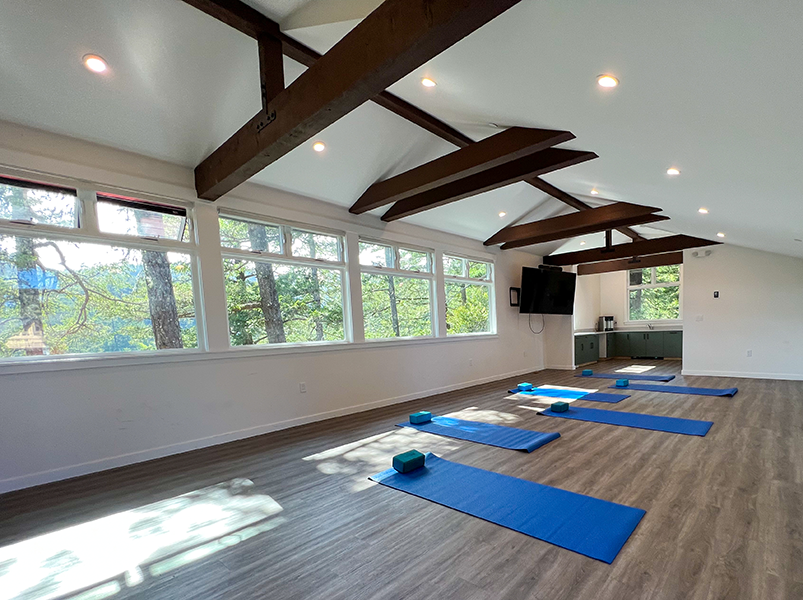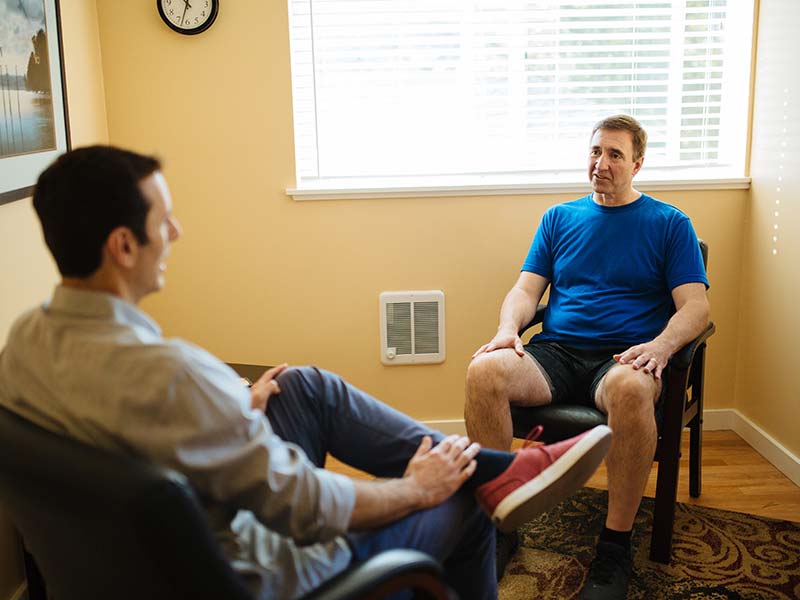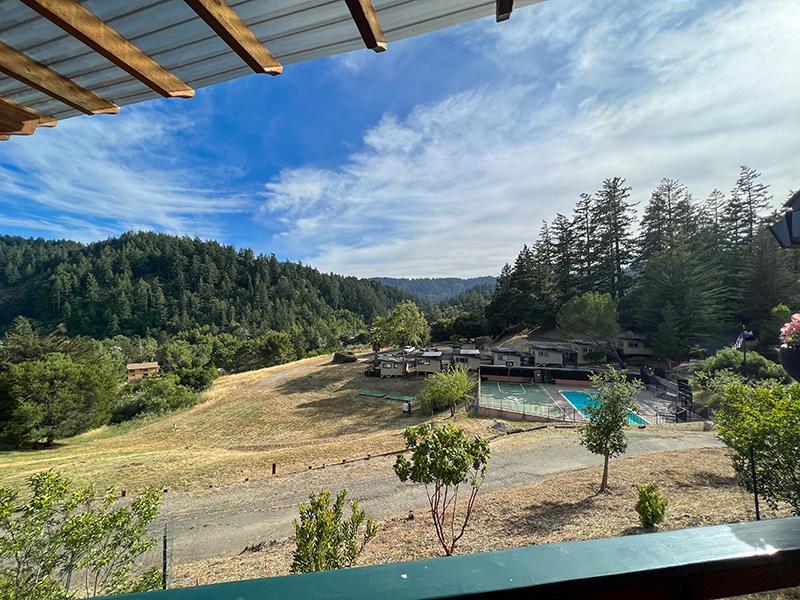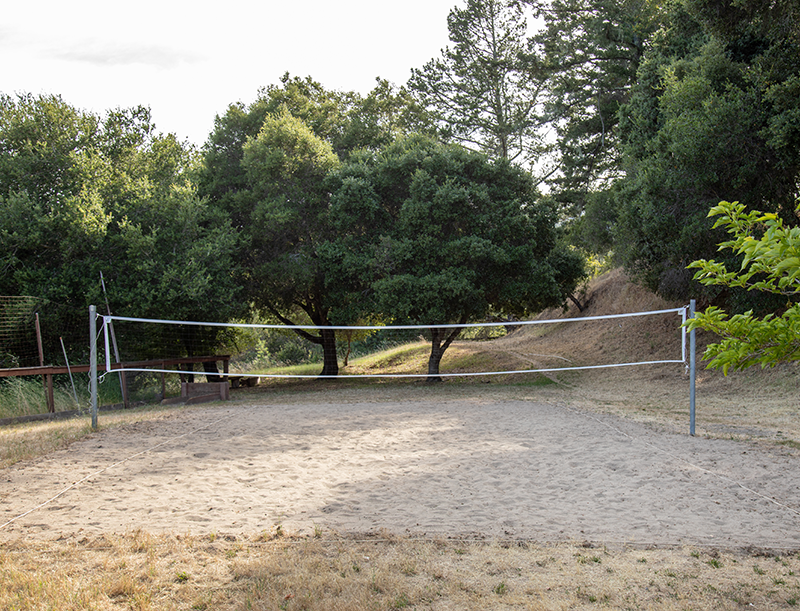Serenity Knolls separates itself from other addiction and trauma treatment centers by offering the Foundation Enrichment Program built around the 12-Step social model of recovery. By identifying the mental health issue tied to you or your loved one’s addiction, we are able to address both in a setting of complete healing. 85% of our staff are in recovery and bring their experiences to help our residents rebuild their foundation. When you start your journey to lasting sobriety at Serenity Knolls, you will never again walk alone.
Understanding Trauma
Learn About Trauma
Traumatic experiences are distressing and unexpected events that are not within the control of the individual. These types of experiences can be physically or emotionally overwhelming and lead to long-term anxious feelings. Some examples of traumatic experiences can include family or community violence, sudden loss, accidents, injury, physical or sexual assault, and medical emergencies. For an experience to be traumatic, it must cause loss of control and feelings of terror. In some cases, individuals might experience repeated trauma.
Trauma can alter an individual’s perspective on life. In many situations, trauma that remains untreated can develop into a trauma or stressor-related disorder such as posttraumatic stress disorder (PTSD). Individuals might attempt to numb their feelings or block out traumatic memories through substance abuse or other dangerous behaviors. In many cases, individuals will experience trauma as a co-occurring condition alongside of a primary diagnosis of substance use disorder. Trauma might cause individuals to look for comfort, fight or run away from real or imagined threats, or suffer from panic and/or anxiety. If trauma has occurred within an individual’s life, it is imperative to obtain therapeutic care within a safe, comfortable treatment and rehabilitation center for trauma and substance abuse.
The following are some examples of traumatic experiences:
- Exposure to natural disasters, such as fires, earthquakes, or deadly storms
- Experience of imprisonment, kidnapping, rape, sex trafficking, or sexual assault
- Being a victim of domestic violence
- Experiencing verbal, emotional, physical, or sexual abuse
- Witnessing a terrorist attack
- Being kidnapped or held hostage
- Witnessing or experiencing abuse or violence at home or in the community
- Experiencing or witnessing a severe automobile accident
- Medical emergencies or medical accidents
- Experience as a prisoner of war, or witnessing war
Trauma does not possess a time limit. Even if a disaster occurred a long time ago, the impact of the trauma can continue on for years without the appropriate treatment to alleviate the pain. As experts continue to develop a stronger understanding of the impact trauma can have on the brain, improved methods of treatment have increased the ability of individuals to return to a healthier lifestyle without suffering from the upsetting symptoms of untreated trauma.
Treatment and rehab at a professional center for trauma helps reduce the ever-present fear and anxiety and can help the individual develop appropriate coping skills. Even if trauma experiences were severe, healing and hope are possible and attainable when effective rehab at a treatment center, such as Serenity Knolls in California, is received.
Statistics
Trauma Statistics
Nearly 70% of Americans have suffered a traumatic incident. 5% of those individuals will eventually develop a trauma-related disorder such as PTSD. Sexual assault, rape, unexpected death of loved ones, physical violence, and automobile accidents make up most causes of trauma-related disorders such as PTSD.
Signs & Symptoms
Signs and Symptoms of Trauma
Trauma might hinder an individual’s ability to live a happy life, but the effects of trauma might not develop until long after the traumatic experience has occurred. These traumatic responses might seem similar to normal reactions, but as time moves on and the trauma response stays the same, it would be beneficial to obtain treatment.
Reminders of trauma can act as “triggers” that induce trauma-related reactions. Below are some of the common signs and symptoms of a problem with trauma:
Physical symptoms:
- Strong and immediate startle response
- Body pains and aches or unexplained illnesses
- Difficulty breathing or hyperventilation
- Problems falling asleep or getting a solid night of sleep
- Chronic fatigue or exhaustion
- Muscle and body tension
- Pounding heart or shaking hands in response to reminders of the traumatic experience
Behavioral symptoms:
- Avoiding other people, isolating oneself
- Reacting compulsively to avoid fears or emotions
- Starting conflicts or arguments
- Agitation and restlessness
- Acting out with dangerous, risky, or irrational behavior
- Behaving inappropriately in social situations
- Using alcohol or drugs to avoid negative thoughts and emotions
- Avoiding previously enjoyable activities
Psychosocial symptoms:
- Sudden anger, rage, or mood swings
- Poor self-image
- Lack of interest in enjoyable activities
- Hopelessness or sadness
- Shame, guilt, or self-blame
- Excessive anxiety, fear, or worry
Cognitive symptoms:
- Difficulty staying on task or concentrating
- Forgetfulness of time and place
- Powerful intrusive memories
- Flashbacks, or re-experiencing the trauma
- Derealization, or confused thinking
- Disturbing or upsetting dreams
- “Out of body” feelings, or depersonalization
Lasting Effects
Effects of Trauma
Trauma requires effective care and rehabilitation at a professional treatment center. A solid support system or supportive treatment team can help alter the entire outcome of an individual’s life. Trauma that remains untreated at a rehab center can cause the following negative consequences:
- Illnesses or physical problems
- Thoughts of death or suicide, suicidal ideation, or suicide attempts
- Conflicts within relationships and friendships
- Consequences due to anger or impulsive decisions
- Financial difficulties
- Development of posttraumatic stress disorder, chronic anxiety, depression, or other mental illnesses
- Substance abuse, addiction, or dependency on substances
- Illnesses or physical health issues
- Job loss or inability to gain employment
Co-Occurring Disorders
Co-Occurring Disorders
When forgetting or ignoring an experience that is traumatic becomes impossible, therapeutic support and counseling can make a world of difference. The likelihood of co-occurring disorders increases when trauma has occurred in an individual’s life. Pre-existing mental health conditions can grow worse in the face of trauma.
Some mental health conditions that can co-occur with trauma symptoms include:
- Bipolar disorder
- Post-traumatic stress disorder (PTSD)
- Obsessive-compulsive disorder (OCD)
- Anxiety disorders
- Depression
Why Consider Us?
Why Consider Treatment for Trauma at Serenity Knolls Rehab Center in California
Traumatic experiences can take over an individual’s life. Many individuals walk away from trauma feeling anxious, sad, out of control, and sometimes guilty or shameful (even if the shame and guilt were not warranted). These emotions can occur at the same time or they might cycle through, and they often continue even when the individual realizes they are illogical.
Trauma symptoms can impact one’s happiness, and they might cause an individual to view the world with wariness and distrust. Without effective treatment, these symptoms will continue and might result in unhappiness and loneliness. An individual’s quality of life, mental and physical health, and the lives of the individual’s loved ones will improve even with a small amount of treatment from a professional rehab center.
Residential care, such the rehab that is provided at Serenity Knolls in California, is an effective and safe way to start overcoming the effects of trauma. With the help of evidence-based treatments and individualized care plans, understanding professionals can ease symptoms and help individuals begin to heal. Treatments and rehabilitation such as cognitive behavior therapy, eye movement desensitization and reprocessing (EMDR), somatic experience therapy, and dialectical behavioral therapy can help individuals return to a much more balanced way of life. Serenity Knolls is your choice for trauma treatment when you or your loved one asks the question: what is the best treatment center near me?
It is possible to heal after trauma. Since scientists now understand some of the many ways that trauma can rewire the brain, therapists can help individuals undo the dangerous patterns of terror and help the individual release his or her feelings and thoughts linked to the trauma in a comfortable manner. Since inpatient treatment offers a staff that is present 24/7, it is an incredibly effective way to start healing. No matter how serious a person’s trauma, wellness can be obtained through effective rehab at a high-quality treatment center.














